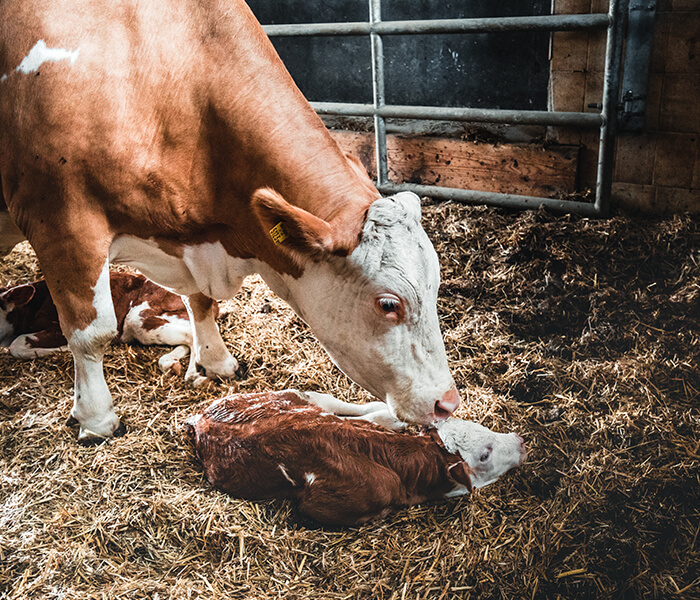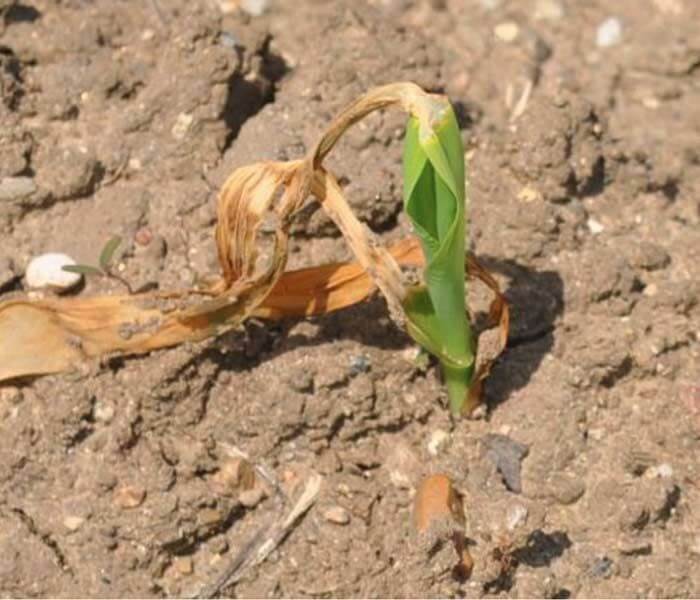From Winfield United District Sales Manager Grant Kemink,
Cool Temps Effect on Recently Planted Crops
Questions are starting to be raised on what the forecasted cool temps will do to recently planted crops and those that have emerged.
Winfield United Agronomist Tryston Beyrer has put together a tech bulletin describing what crop and staging is most likely to be effected for corn and beans and how to assess freeze injury.
Corn and Soybean Seed that is Planted, but NOT Emerged
From the bulletin, "Soils will offer some buffering capacity to changes in temperatures compared to air temperatures that fluctuate more quickly."
Specifically, "Both corn and soybeans not emerged from the soil will generally survive as long as the soil temperature does not lower to a freezing temperature at the depth of the growing point."
Complete the form at the bottom of this post to get Tryston's full 2-page PDF Tech Bulletin.
Imbibitional Chilling
For questions regarding imbibitional chilling: it is a phenomenon that can happen, but is often made worse by prolonged cold temperatures and wet weather.
Even with wet weather in 2014, some people decided to hold off on planting, but found that planting in less than ideal conditions outweighed the penalties of coming in with a delayed planting scenario into far less adequate soil conditions.
With much of the weather looking drier but cool and many soil conditions as fit as we have seen in years, in my opinion I would still proceed with planting through the cool spell.
Couple this with fully treated seeds, paying attention to hybrid vigor scores, and using proper in-furrow additives that help mitigate early season stress like zinc and Ascend, and you should be good to go.
Frost Damage to Alfalfa
Be sure to check out this tech bulletin from Dan Undersander, UW Extension Alfalfa Expert, that talks about what to look for in alfalfa.

In Summary
- Pay attention to early season vigor scores, plant height, and stage. This affects the level of damage that can occur.
- 26 degrees is the “threshold” for significant injury. If it gets below 26 and stays there for ~4 hours you will see a lot of damage. If it never gets quite that cold we will probably be alright.
- Assess any damage you find Tryston and Dan Undersander's Tech Bulletins
Enter your email below and we'll send you Tryston's Tech Bulletin on Assessing Frost Damage on Corn and Soybeans.
Grant Kemink
District Sales Manager, Winfield United






